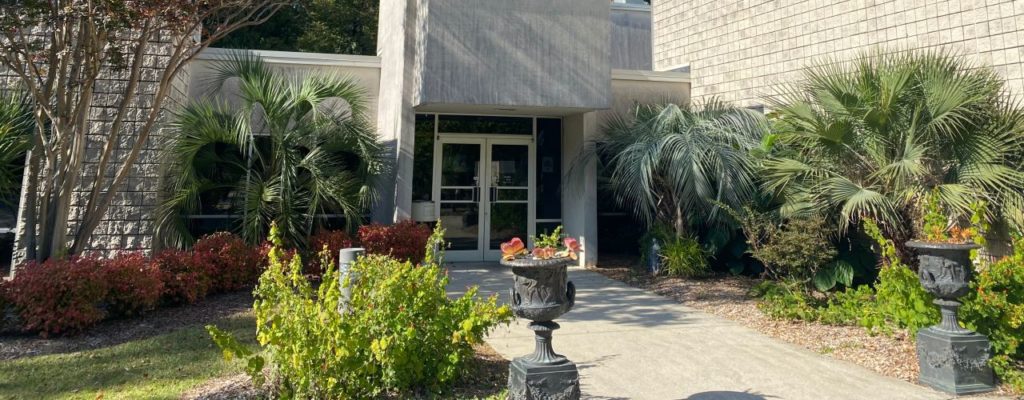As we said in March, when the Berman Museum opened to the public in 1996, it consisted of two cornerstone exhibits: The American West and Deadly Beauty.
The Berman Museum’s inaugural newsletter stated that “man makes articles for function and beauty and some deadly arms are made to be beautiful works of art, for prestige and to show leadership.” These are the items featured in Deadly Beauty. Guests can travel through Europe and Africa, into the Middle East, through Asia, and into Indonesia – all within one gallery.
One of the pieces closest to the Berman Museum legacy is the Hellenistic Greek Helmet, dating to 300 B.C. For a time in the 2000s, the helmet served as the Berman Museum’s official logo. It is constructed of sheet brass, now a dark green patina, shaped into the form of a ram’s head. Also, in Deadly Beauty resides the oldest piece in the Berman Museum’s collection – an arrowhead of the Lurs nomadic warrior tribe (Luristan), dating to 1500-700 B.C.
Next to the Hellenistic Greek Helmet and the Lurs arrowhead resides a set of Bohemian Crown Jewels. The Bohemian crown’s lands consisted of land in central Europe that today makes up the Czech Republic. The Berman Museum’s crown, dating to the 14th century, orb and scepter, dating to the 16th century, were made for a lower member of the royal family, such as a prince, rather than the Holy Roman Emperor himself.
In this gallery, knights and armor are examined as well. Next to multiple armor sets dating from the 15th and 16th centuries is a painting known as The Shadow (1909) by Edmund Blair Leighton. This beautiful painting features a maiden tracing the outline of a Crusader on the walls of a castle. There are only two copies of this painting – the other resides in the city hall of Cardiff, UK.
Deadly Beauty also houses items personally owned by French Emperor Napoleon Bonaparte. An ivory dressing set, his fowling rifle, and even his good luck charm, a bust of Alexander the Great, grace this gallery. Additional royal items in this gallery include Napoleon III’s rifle, Wilhelm II’s sword, and King Farouk I’s jambiya.
The crown jewel (other than the Bohemian crown jewels) is the Persian scimitar of Abbas I, later given to Catherine the Great. It consists of 1295 diamonds (equaling 400 carats), 60 carats of rubies, a 40-carat emerald, and three pounds of gold. Despite all of its gemstones and jewels, the most valuable part of the scimitar is its blade, made of Damascus steel.
Join us next month as we explore the temporary galleries that the Berman hosted in its first decade!

